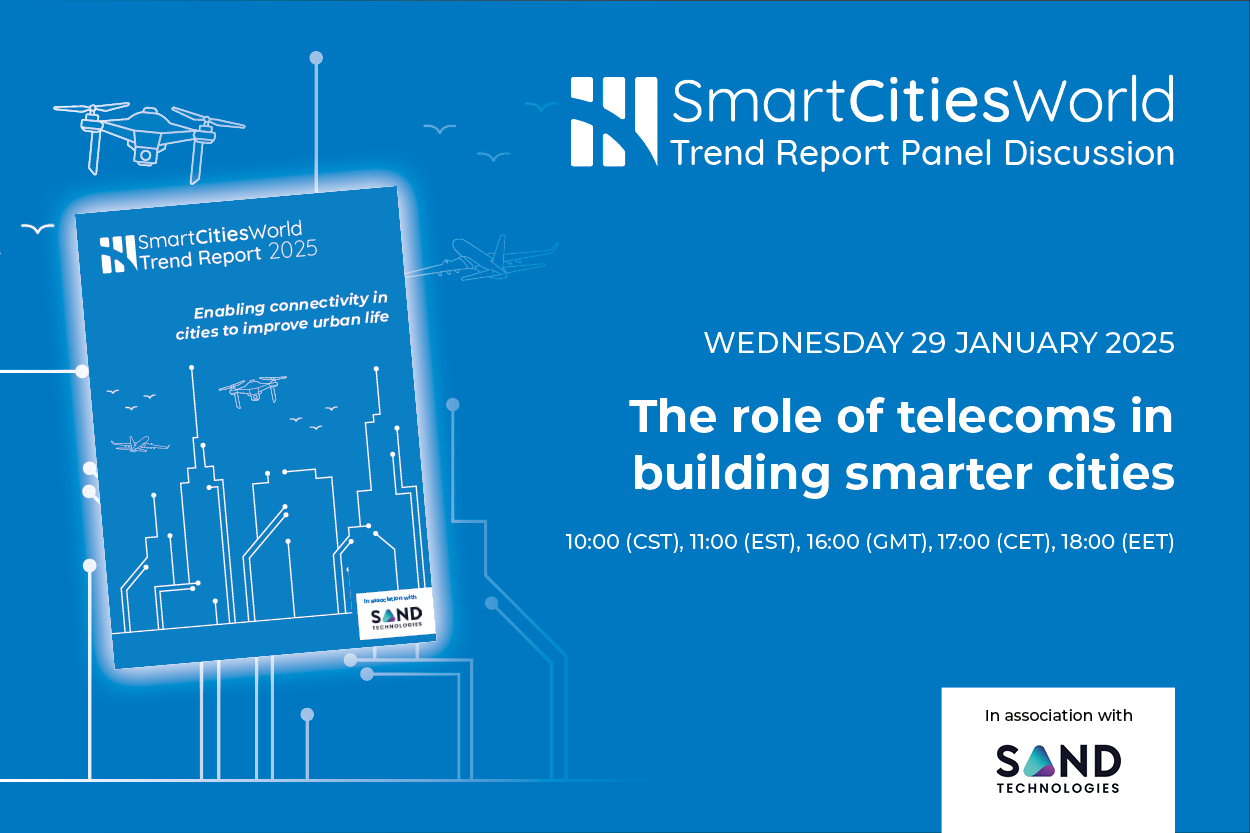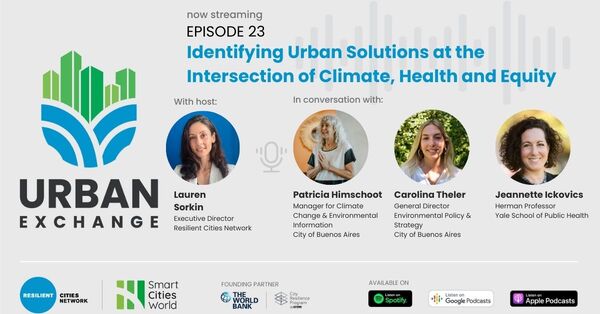Special Reports
SusHi Tech Tokyo 2024: experience ‘Tokyo 2050’ todaySponsored by The SusHi Tech Tokyo 2024 Showcase Program Executive Committee
The rise of digital twins in smart cities
2019 could see virtual ’twins’ help to make smart cities a reality.

A small town in the Swiss Alps will witness the birth of the digital twin of one of the most technologically advanced cities in the world later this month.
Amaravati, the new capital of the Indian state of Andhra Pradesh, is thought to be the first entire city born with a digital twin. The initial 3D prototype of the city, built using Cityzenith’s Smart World Pro software, will be unveiled more than 3,000 miles away at the World Economic Forum’s annual general meeting in Davos, which takes place 22-25 January.
According to Michael Jansen, CEO, Cityzenith, everything that happens in Amaravati will be “scenarioised in advance” to optimise outcomes.
“This represents a giant leap forward for cities, how they’re designed, built and managed,” he said.
The benefits of having a twin
In this context, a digital twin is a digital model of a physical asset, which collects information (via sensors, drones or other IoT and Industrial IoT tools) and applies advanced analytics, machine-learning (ML) and artificial intelligence (AI) to gain real-time insights about the physical asset’s performance, operation or profitability.
Such technology looks set to play an increasingly important role in the creation of smart cities around the world and in addressing major public health, safety and environmental issues.
Bringing the virtual and physical worlds together in this way can help to better inform decision-making, reduces risk and also acts as a citizen engagement tool.
“Neighbourhood improvements will manifest in the simulated environment, allowing users to make informed choices regarding technologies they may be considering implementing”
At the CES 2019 electronics trade show, which is taking place in Las Vegas from 8-11 January, the Itron Ideas Labs team is joining forces with Microsoft Azure to use mixed reality to create a virtual representation of the relationships between building materials, infrastructure and various sensor types in a downtown Los Angeles neighbourhood.
It will use a Microsoft HoloLens holographic computer and the software company’s digital twin technology to show how planners and city authorities in LA can virtually install smart sensors, change rooftop materials, alter traffic patterns, plant trees and see the impact on people, cars, schools and buildings in the simulated environment.
Build repeatable, scalable experiences
Itron has a portfolio of smart networks, software, services, meters and sensors to help its customers better manage electricity, gas and water resources for the people they serve. Through its Idea Labs, the company wants to use emerging technologies such as augmented reality and machine learning in “new and bolder” ways to help inform plans that improve the quality of life for its customer base.
Itron is among the first adopters of Microsoft’s Digital Twins service, which enables developers to build repeatable, scalable experiences from digital sources and the physical world.
“Azure Digital Twins simplifies IoT solutions by providing a comprehensive digital model to connect devices with context about the physical world,” said Bert Van Hoof, group programme manager, Azure Digital Twins at Microsoft. “At CES, Itron Idea Labs is demonstrating what’s possible with this technology. Neighbourhood improvements will manifest in the simulated environment, allowing users to make informed choices regarding technologies they may be considering implementing.”
A digital twin for the city of Newcastle
In the UK, post-graduate students from Newcastle University, working with Northumbrian Water, have created a digital twin of the city to help it better respond to incidents and disasters. The virtual model allows the water company to run computer-generated simulations of incidents such as burst pipes, heavy rainfall or serious flooding to demonstrate the impact it could have on people’s homes and communities over a 24-hour period in just minutes.
In an interview with the Guardian, Chris Kilsby, professor of hydrology and climate change in Newcastle University’s School of Engineering, noted how valuable the technology would have been in a situation such as the 2012 “Toon monsoon” when a month’s rainfall fell in just two hours during rush hour and caused £8 million worth of damage.
“The digital twin will not only allow the city to react in real time to such freak weather events, but also to test an infinite number of potential future emergencies,” said Kilsby.
“The Toon monsoon overwhelmed the drainage in the city because we just don’t design for that sort of event. There’s not someone to blame but the city wasn’t resilient.
“The digital twin will not only allow the city to react in real time to such freak weather events, but also to test an infinite number of potential future emergencies."
“In a situation like that, a digital twin of the city would have been very useful. It tells us which buildings will be flooded, which infrastructure will be closed down, hospitals that could be affected. It gives us a picture immediately of which areas will be affected.”
Northumbrian Water explained that if an incident does occur, it can work with emergency responders to run simulations for any location and identify problems quicker and easier.
“The potential is there for it to change the whole industry in terms of how water companies plan and prepare for incidents, and also the ability to future-proof their assets and networks,” said Chris Jones, Northumbrian Water’s research and development manager.
He added: “We’re looking at something here that could help keep people safe during disasters and help emergency services save lives in the most critical of situations.”
Introducing citizens
While digital twins have the potential to be immensely valuable for planners and city authorities, extending access to other stakeholders can increase engagement in smart city projects.
Amaravati and CityZenith are proposing a digital twin user ID scheme for every citizen that will serve as a single portal for all government information, notifications, forms and applications. Jansen believes this will help to improve relationships with both citizens and the private sector.
Dr Sreedhar Cherukuri, commissioner, Andhra Pradesh Capital Regional Development Authority (APCRDA), noted that Amaravati is a greenfield city built with "the happiness" of its citizens at the core of its vision. Therefore, he said, having a digital platform that enables all the city’s stakeholders to contribute to this common goal is vital “from Day 0”.
The availability of technology from companies like Microsoft and Cityzenith, along with a growing awareness of how simulations can help to prototype and test smart city projects before they are implemented, is likely to see more cities pairing up with digital twins.
You might also like:


















